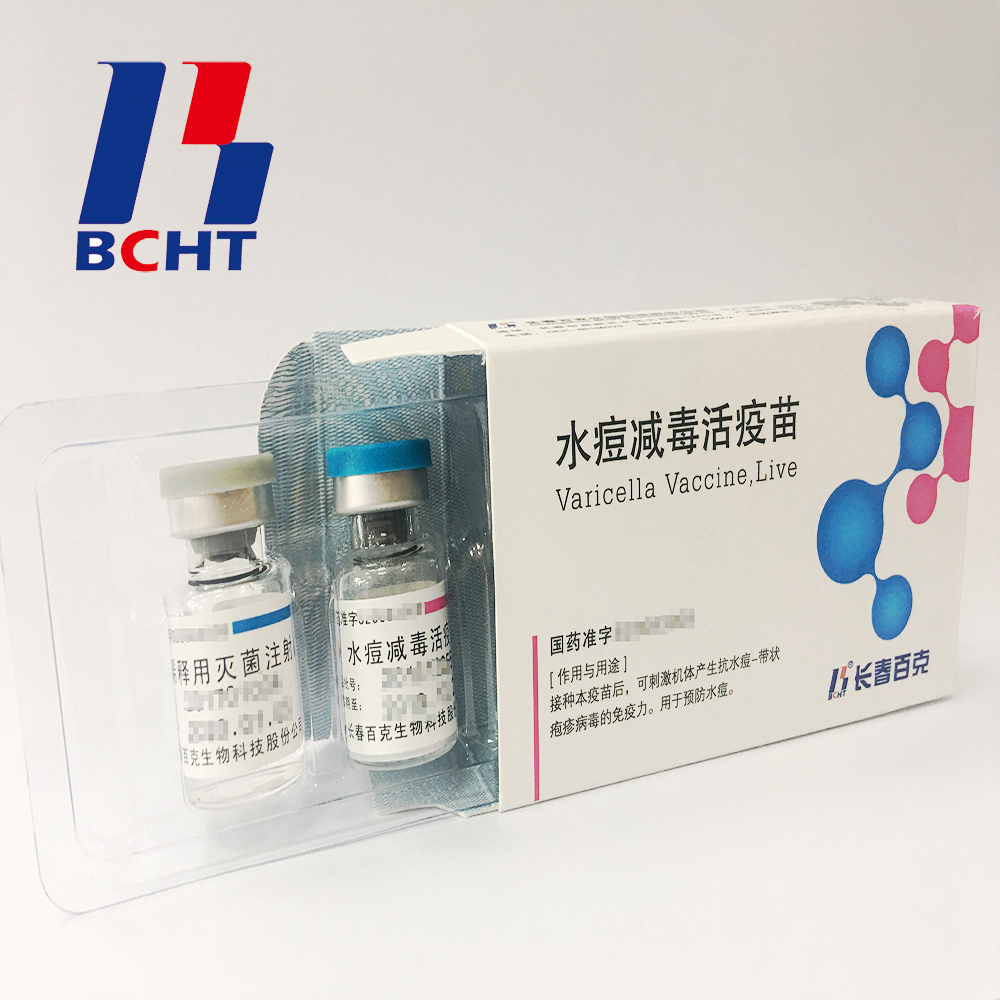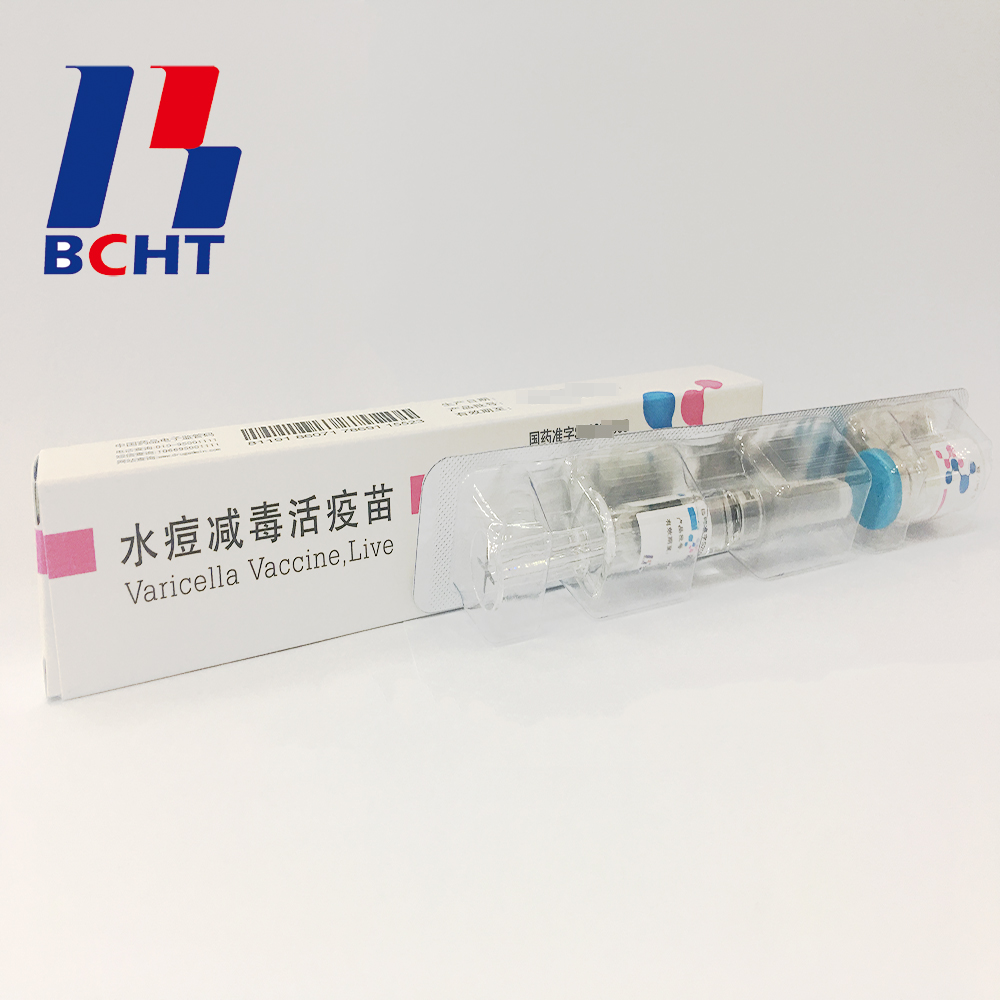Finished Products of varicella vaccine. It has three qualities,good safety of gelatin-free, long validity period by good stability, better protection with high titer and immune efficacy. These improvements enhanced the vaccine safety and quality, and established BCHT the leading position in varicella vaccine. We have two different packages, penicillin bottle and pre-filled syringe. And it has been exported to other countries, such as India, Philippines. Finished Products Finished Products Of Rabies Vaccine,Rabies Vaccine For Human Use,Live Biotechnology Chicken Pox,Live Lyophilized Vaccination Changchun BCHT Biotechnology Co. , http://www.ccbcht.com


How to Avoid "Intimate Marriage" of Plants
Cultural taboos have prevented most of the close relatives of human marriage, but plants rely on a complex internal warning system to prevent this tragedy from happening. In a new study, scientists finally figured out how this plant chastity belt works. Since a large number of economical plants have lost their ability to prevent syngeneic reproduction, this finding is expected to help plant growers avoid inbreeding and thus produce more healthy plants. Scientists knew in the early 20th century that many plants do not accept their own pollen and pollen from related plants. Until the 1980s, researchers discovered a class of enzymes in the female plants of the pistil or plants that could destroy pollen that "can't coexist." If non-rejecting pollen enters the stamen, it is reasoned that these enzymes called S-RNases are removed in some way before any damage occurs. Today, Bruce McClure, a biochemist from the University of Missouri in Columbia, and colleagues have finally overturned this hypothesis. When the researchers examined rejected and non-repellent pistil pollens in tobacco plants, they found that in both cases S-RNase appeared in pollen. So, how does the exclusion of pollen evade the destruction of enzymes? The answer lies in the ability of pollen to control toxins. Using light-emitting molecules, scientists tracked S-RNase. They found that pollen can confine enzymes to a single space, whether in repelling or not. In this case, enzymes cannot produce any effect. However, after 36 hours, the area containing pollen repellent gradually decomposed and released S-RNase. Further experiments have shown that during the pollination of mutually exclusive pollen, a protein called HT-B shows a very high level of expression, which helps to decompose the shielding of this region. The researchers reported the results of the study in the British journal Nature published on February 16. Veronica Franklin-Tong, a biochemist at the University of Birmingham in the United Kingdom, pointed out that this new discovery "has epoch-making significance." Amy Iezzoni, a plant geneticist at Michigan State University in Lansing, United States, agrees. She believes that many of the details of this mechanism are still to be studied, but this paper will undoubtedly have a "significant impact" on the research in this field.